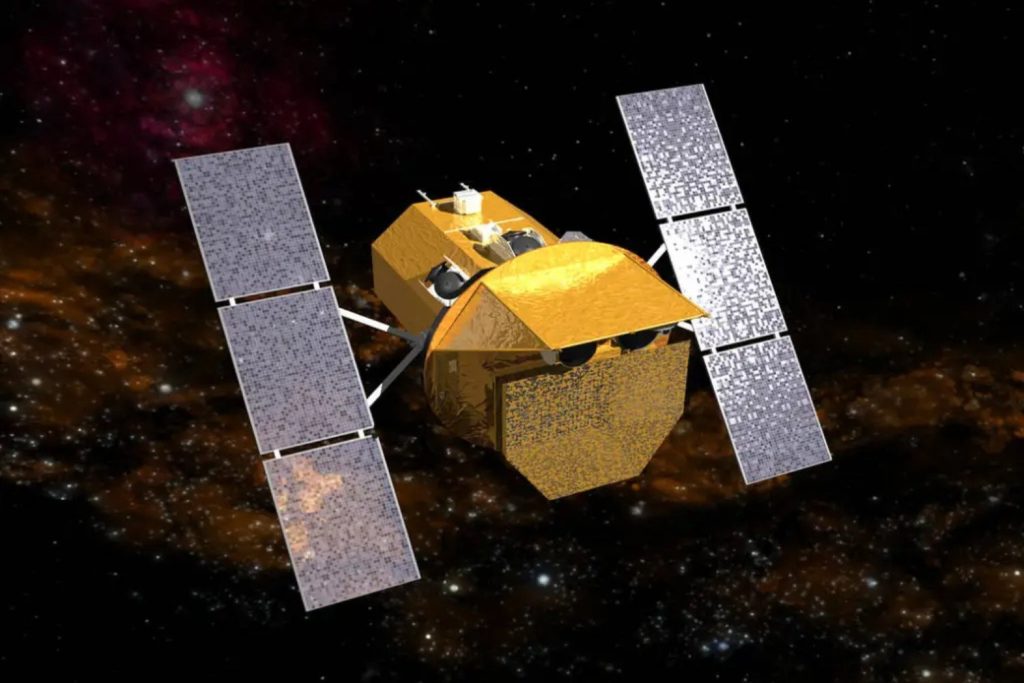
NASA’s Next Big Thing: These Space Telescopes Could Reveal the Secrets of Black Holes (Image Credit: Gizmodo-com)
Last week, NASA selected two mission proposals for further review, paving the way for one of them to eventually be made into a real nuts-and-bolts spacecraft.
These proposals come out of NASA’s Explorers Program, the agency’s oldest continuous program that focuses on developing low-cost science missions in line with the goals of the Science Mission Directorate. Explorers Program concepts matter because many (so far 90) became actual missions, some of which have even led to Nobel prizes for their affiliated scientists. Mission concepts give way to real science, which help researchers understand the universe around us and how the cosmos has evolved over the last 13.77-billion-odd years.
“NASA’s Explorers Program brings out some of the most creative ideas for missions that help us reveal the unknown about our universe,” said Nicola Fox, associate administrator at NASA’s Science Mission Directorate, in an agency release.
“Both of the selected concepts could enable ground-breaking science responsive to the top astrophysics priorities of the decade, develop key technologies for future flagship missions, and offer opportunities for the entire community to use the new observatory, for the benefit of all,” Fox added.
The concepts up for further review are the Advanced X-ray Imaging Satellite and the Probe far-Infrared Mission for Astrophysics. The former is an X-ray observatory that would study the seeds of supermassive black holes, the massive, ultra-dense objects that sit at the centers of galaxies and whose interactions generate gravitational waves—ripples in the fabric of spacetime. The probe would build on the work of the Chandra X-ray Observatory and the Neil Gehrels (or Swift) X-ray Observatory.
The astrophysical probe would be a 5.9-foot (1.8-meter) telescope taking in light at far-infrared wavelengths, building on the observations done by the Webb Space Telescope and various radio telescopes. This telescope’s data would also address questions about black holes’ role in the universe, but also on the growth of planets and stars.
Both proposal teams will receive $5 million from the agency to develop a yearlong mission concept, according to the release. Agency officials will evaluate those concepts and, in 2026, select one to become a new mission with a slated launch year of 2032.
The Explorers Program is not the only testing ground for new NASA missions. There’s also the Discovery program and the Innovative Advanced Concepts (NIAC) program, for which NASA selected 13 new projects at the beginning of this year. The Mars helicopter Ingenuity was one alumnus of the program, and the 2024 selections—including a fleet of spacecraft that could head to Proxima Centauri, the nearest star besides the Sun—did not disappoint.
Even the mission concepts that did not end up getting selected by NASA make for great reading. They may have been deemed unfeasible at the time, but that doesn’t relegate those rejected missions to the realms of science fiction. It may have just not been their time yet. You can read about some of those rejected missions here.








